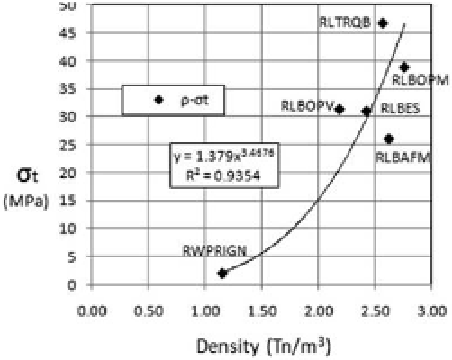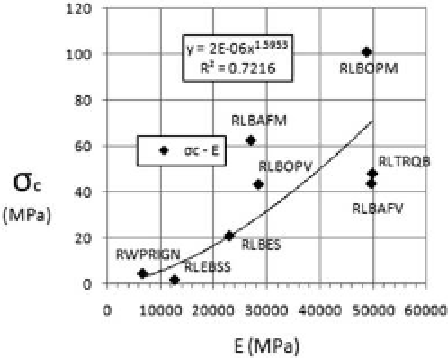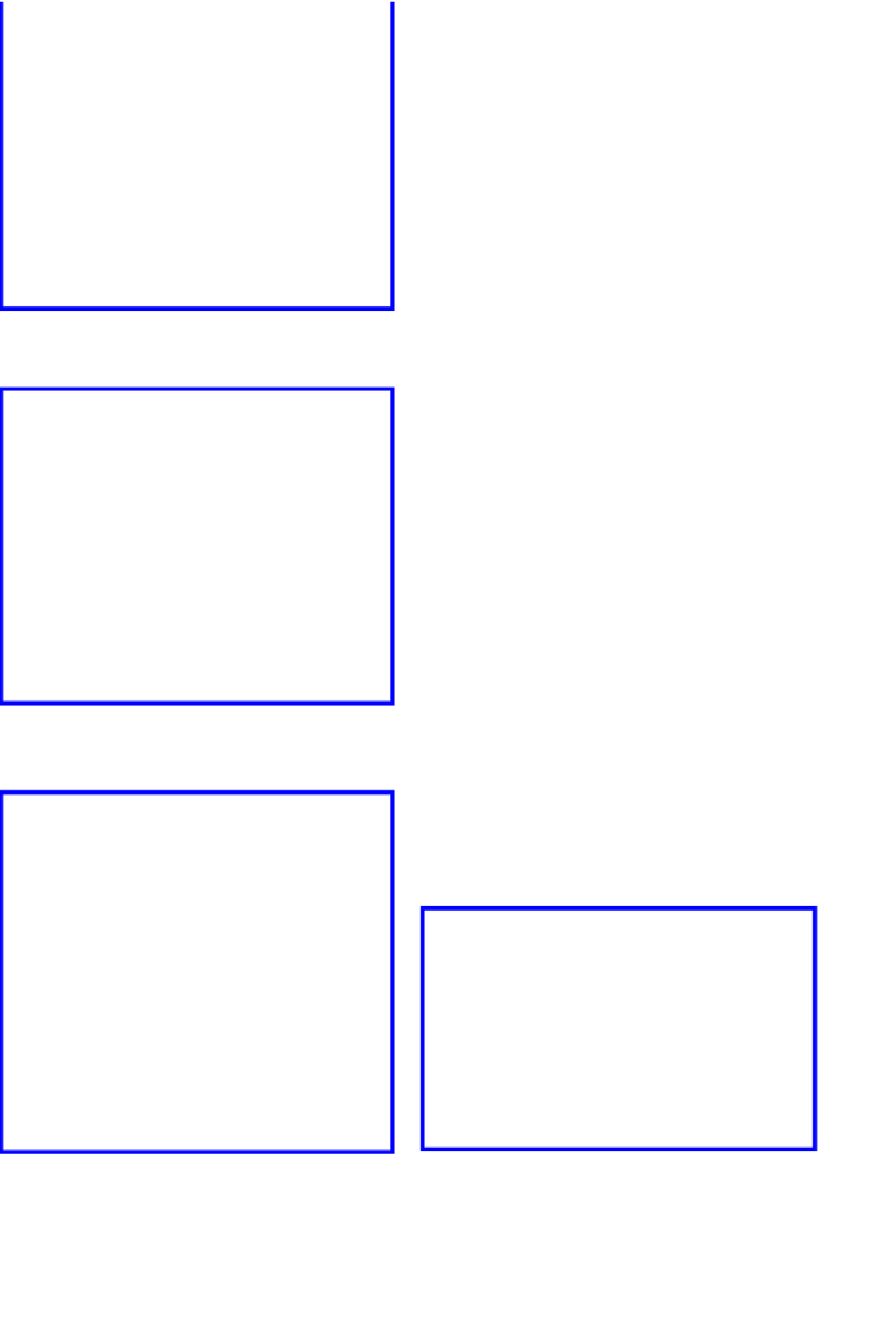Environmental Engineering Reference
In-Depth Information
our study area belongs to the anaga's building,
in the ne corner of the island. This building, along
with Teno and other outcrops distributed over the
island, are related to the oldest subaerial materi-
als (series i) covered today by most recent releases
(series iii). iGMe (1995).
4
eXPeRiMenTal DaTa
4.1
Variability of some properties of rocks
4.1.1
Density—tensile strength
as shown in the graph, the different types of rocks
have very different values on both properties.
This variability can be compared to the potential
function shown in Figure 4. The values closest to
the function, coincide about the aspect more dis-
integrated of materials, however, the rest of values
come from more compact materials.
Figure 4.
Density and tensile strength in rocks.
4.1.2
Compressive strength—deformability
as in the previous graph, the values best adapted
to the function are RWPRiGn and RlBes.
The rocks are better suited to potential functions
although, in this case, the values are further than
in the previous function. it is possible to establish
a limit of deformability module from which we can
differentiate the terrains of granular and massive
appearance.
4.2
Variability of some properties of soils
4.2.1
Density—Nspt
The graph correlates two values that determine the
compactness of a soil. Unlike rocks, soils are more
similar to a polynomial function. in this case tends
to a second order polynomial function but if we
increase the degree of the function will move away
of the variability.
Figure 5.
compressive strength and deformability in
rocks.
4.2.2
Deformation—angle of friction
Figure 6.
Density and nspt in soils.
Figure 7.
Deformation and angle of friction in soils.


















